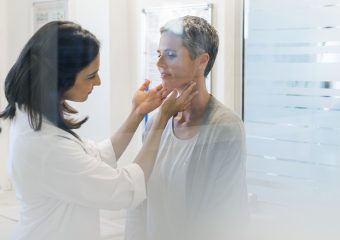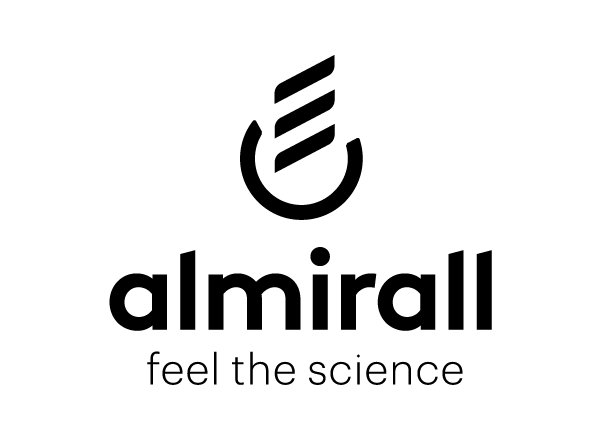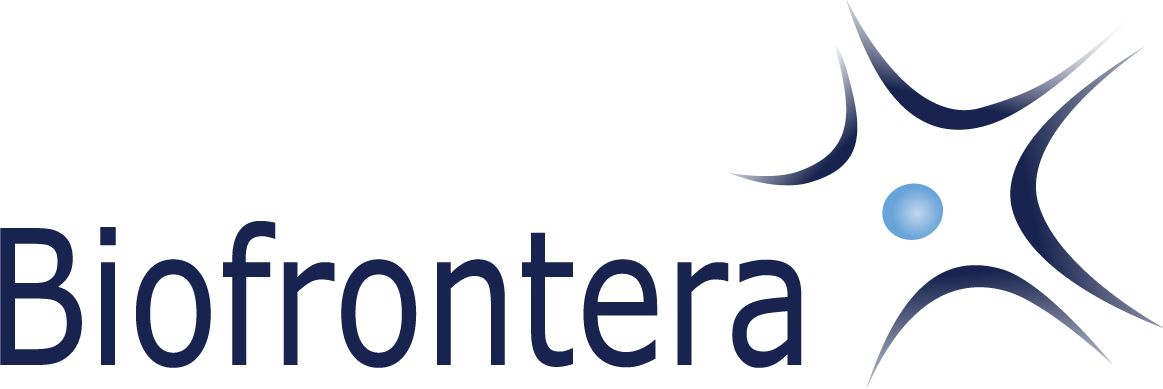Actinic Keratosis Treatment
Reduce Your Risk of Developing Skin Cancer
If you have one or more actinic keratoses (AKs), it’s a sign of skin damage that puts you at a high risk for developing skin cancer. Identifying and treating these precancerous lesions helps you reduce that risk.
Your treatment options depend on how many lesions you have, where they are, your age and overall health. Options include:

- Get the Skin Cancer Awareness Toolkit
- View more skin cancer pictures
Surgical procedures
Surgery is widely used in cases where a person has one or more isolated lesions. There are several ways to remove the skin lesion with surgery, including:
- Chemical peel: The physician applies a chemical to the face, causing the top skin layers to peel off. New skin generally regrows within a few weeks.
- Cryosurgery: The physician applies liquid nitrogen to freeze the tissue, which eventually falls off, allowing healthy skin to emerge.
- Curettage and desiccation: The physician scrapes or shaves off the lesion, then uses heat or a chemical agent to destroy remaining AK cells and stop any bleeding.
- Laser surgery: The physician applies a laser beam to vaporize the AK lesion.
Topical treatments
Topical creams, gels and solutions are prescribed for use in patients with numerous or widespread actinic keratoses. The physician applies these creams and gels directly to affected areas of the skin to treat visible and invisible lesions with minimal risk of scarring.
Approved medications
Photodynamic therapy
Photodynamic therapy (PDT) is an FDA-approved, noninvasive treatment for AKs. It is especially useful for widespread AKs on the face and scalp and can be used to treat a large area.
A dermatologist applies a topical medication called aminolevulinic acid (ALA) to lesions and some of the surrounding skin. This medication is left on the treatment area for one to several hours and makes the skin sensitive to light. The dermatologist then uses a special red or blue light, a pulsed-dye laser or sometimes controlled natural sunlight to activate the medication and destroy the lesions, while causing minimal damage to surrounding healthy tissue.
Some redness, peeling, flaking and swelling may result. After the procedure, patients must strictly avoid sunlight or indoor tanning or for at least 48 hours, as UV exposure will increase activation of the medication and may cause severe sunburns.
Combination therapies
Doctors may pair therapies for treatment regimens, including
- Cryosurgery and PDT
- Cryosurgery and a topical treatment
- Topical treatments and PDT
Some of these combination therapies can increase photosensitivity. Be sure to check with your dermatologist and be especially careful about safeguarding your skin from UV rays during and after treatment.
After treatment, perform self-exams and visit your dermatologist at recommended intervals to screen for AKs and check for skin cancers.
Find a dermatologist near you.
Reviewed by:
Leonard H. Goldberg, MD
Mark Lebwohl, MD


